600 designers, 48 countries: the return of Salone Satellite
After a three-year hiatus, Salone Satellite is back, presenting emerging talent within Salone del Mobile 2022: we look at the highlights from the exhibition
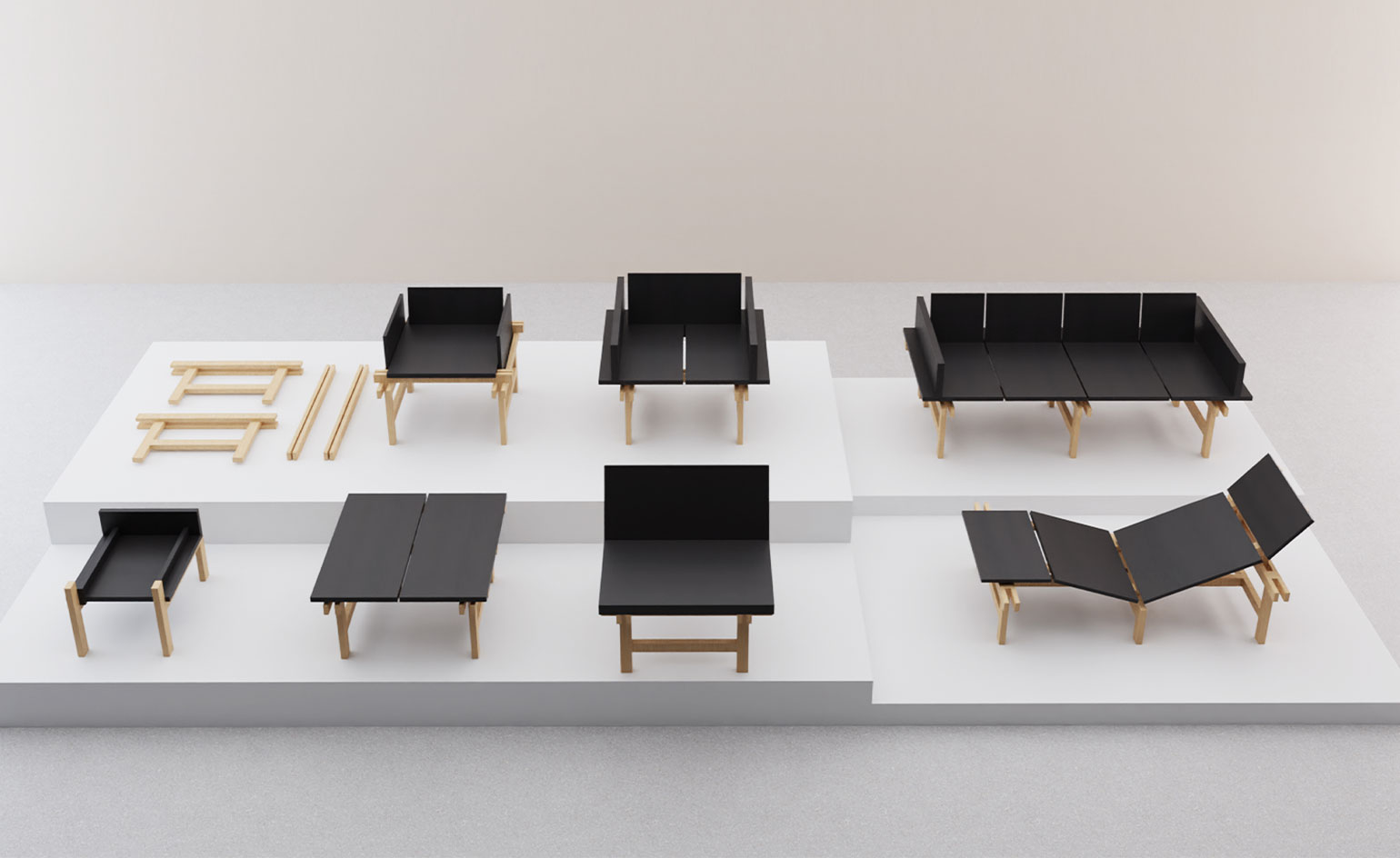
Salone Satellite 2022, themed ‘Designing for our Future Selves / Designing for Our Tomorrows’, takes place in Rho Fiera halls 1-3, in the grand setting of Salone del Mobile 2022. At the heart of the ‘design under 35 exhibition’, 600 emerging creatives reflect on the world that will be, and the role that objects will play in future living – also, they see Salone Satellite as a key platform to gain acknowledgement by an international audience, as well as a bridge between creativity and business.
Salone Satellite 2022: rethinking design for the future
‘I’m incredibly happy because all of my children did extremely well,’ exclaims Marva Griffin Wilshire, the soul and the curator of the event, who also presented the Salone Satellite Award, now at its 11th edition. ‘As one can see going around, creativity is everywhere, as well innovation. For example, the word sustainability is so much in fashion now, yet I have been seeing the issue of sustainability for so many years at the Satellite.’ The jury, led by Paola Antonelli, selected three projects (plus special mentions) that ‘stand out because of the message they embody, focusing not just on the formal incisiveness of their design but also their sustainable, communicative, interactive and ludic element, essential for the lives of adults and children now and, hopefully, also in the future’.
Salone Satellite Award: winners and other highlights
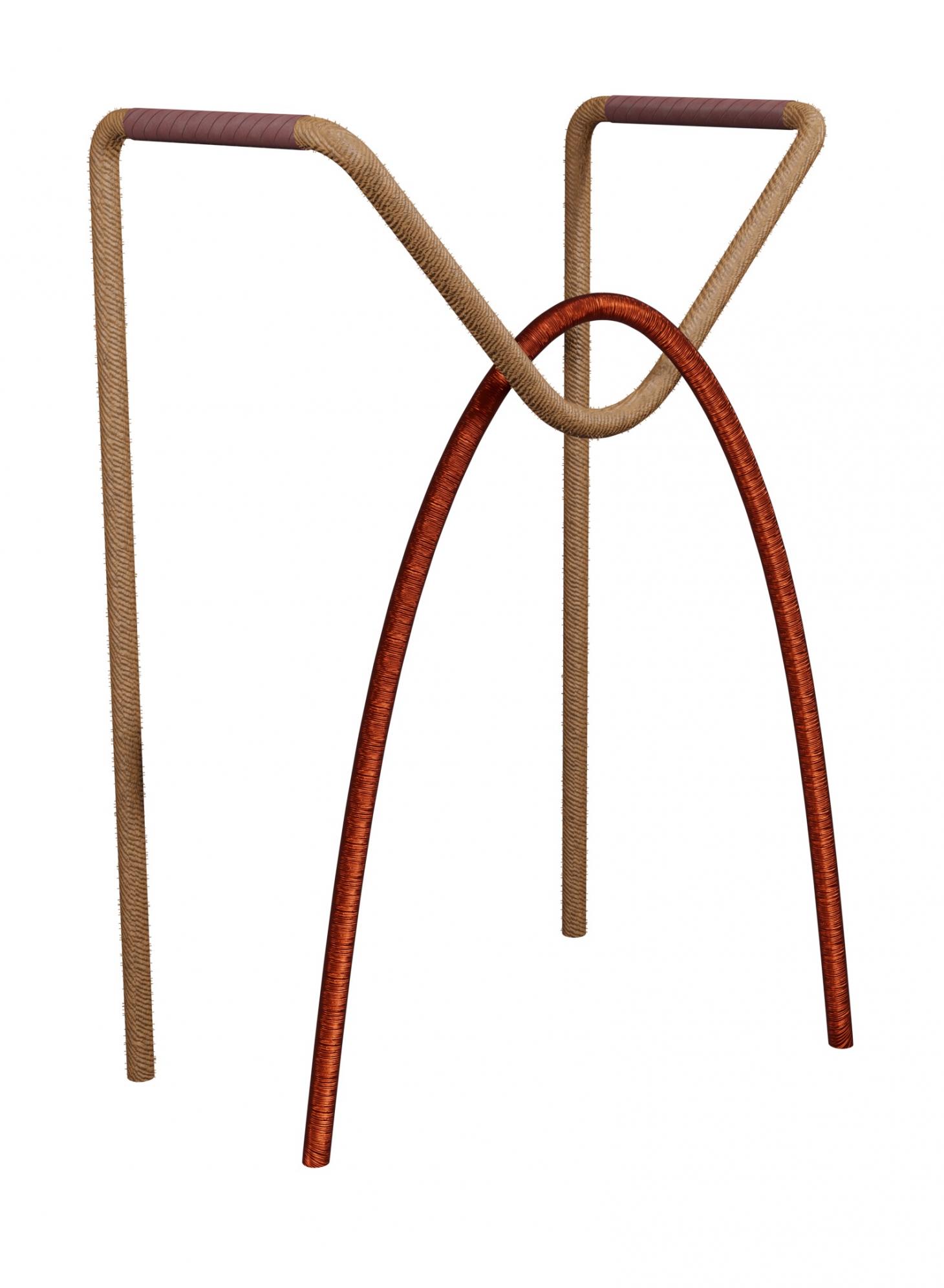
‘RemX’ by Lani Adeoye, winner of the Salone Satellite Award
Lani Adeoye won the first prize with ‘RemX’, a refined prototype walker made by a combination of natural materials used for many decades in Nigeria by Yoruba people, a tribe Adeoye is part of: ‘It’s a piece that is supposed to help us rethink how we design [for the] elderly or people who need assistance while walking,’ she explains. ‘It’s inspired by [my] grandfather, who was basically embarrassed by medical products we [gave] to him, as they look very clinical. That is why materiality was important to me; I wanted to design something that doesn’t look medical, an aesthetically fine object that is functional and sustainable, so that you’re not forced to use it but you enjoy it being in your environment.’
The second prize was awarded to Studio Gilles Werbrouck (from the Belgium is Design collective), for the project ‘Lamp’. The studio produced a limited series of lamps, made by pouring white plaster onto black VHS crochet tape, to create a crochet lampshade and a simplified plaster cylinder. Gilles Werbrouck explains: ‘We decided to use Jesmonite because it’s a material that gets hard very fast, allowing us to completely merge the video tape in the same part, so you can get the different texture.’ Each of the lamps represents a different movie: ‘That is the reason why some are taller than others. My favourite? “Jurassic Park III”, which is also one of the tallest.’
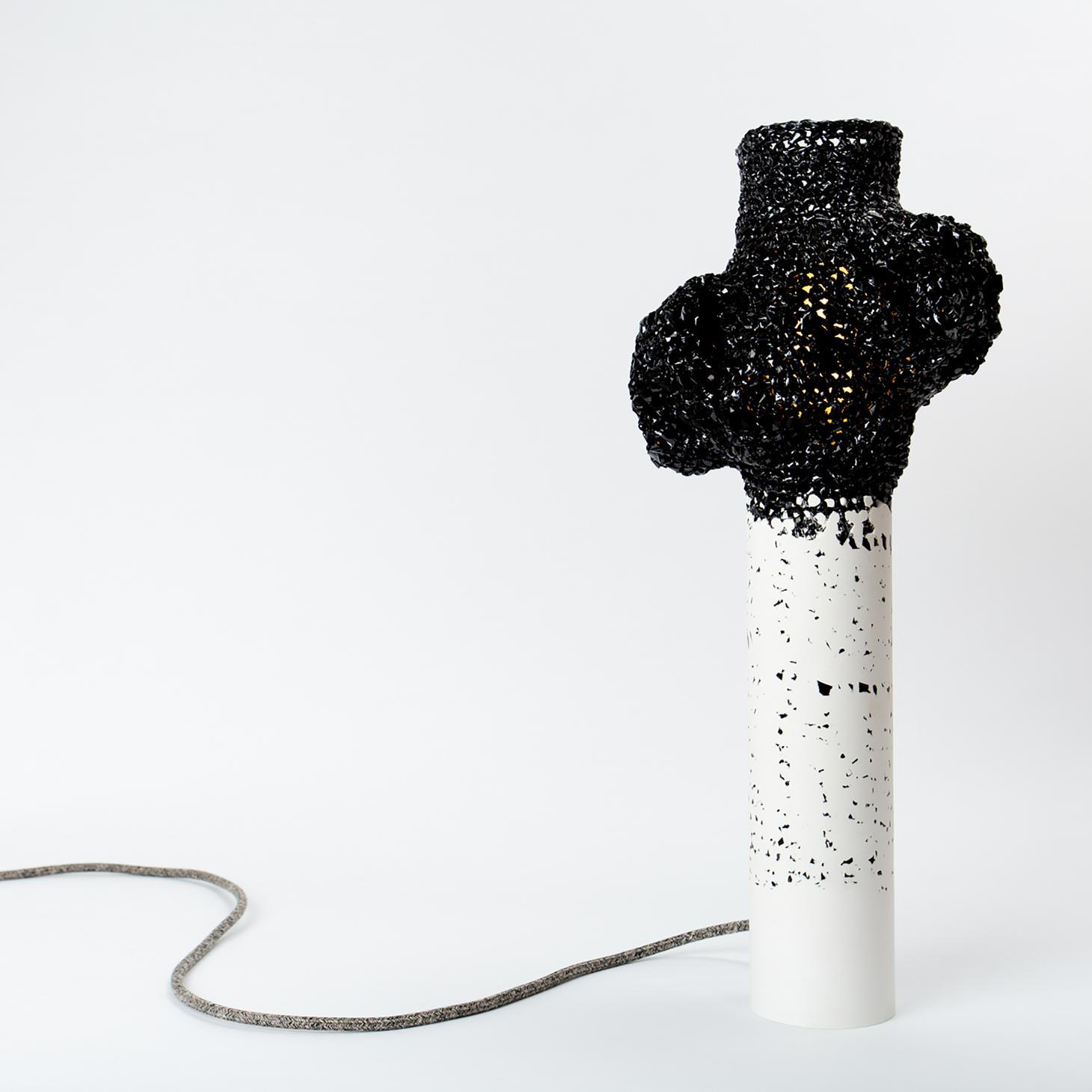
Lamp by Studio Gilles, second prize at Salone Satellite Award
Serbian designer Djurdja Garčević (from Young Balkan Designers) won the third prize with her project ‘Meenghe’: ‘It’s part of a family of urban furniture pieces such as stools, rubbish bins, and flowerpots, that are made from shredded car tyres in glue,’ Garčević explains. ‘Everybody is buying cars and so much waste is made, so this is a way to put those tyres back on the street and use a material that has little purpose. Also, for half of my life I saw people burning those tyres in New Belgrade; it smells catastrophically, and it’s toxic. This furniture is only shredded tyres glued together.’
As for the special mentions? ‘One of the most important things for me is colour; I chose yellow because I like products that are full of energy,’ says Emanuele Ferraro, head of the Munich-based design studio Atelier Ferraro, while standing next to a bright chair, a special mention winner. ‘I was trying to make an object that could stay with us in different parts of our lives, as it can be a children's chair, a lounge chair, a coffee table or even a chaise longue.’ The chair is called ‘+1,5 Celsius’, a reference to climate change, ‘as I wanted to use materials that have already been produced, reutilising old furniture to make new one’, adds the designer.
Wallpaper* Newsletter
Receive our daily digest of inspiration, escapism and design stories from around the world direct to your inbox.
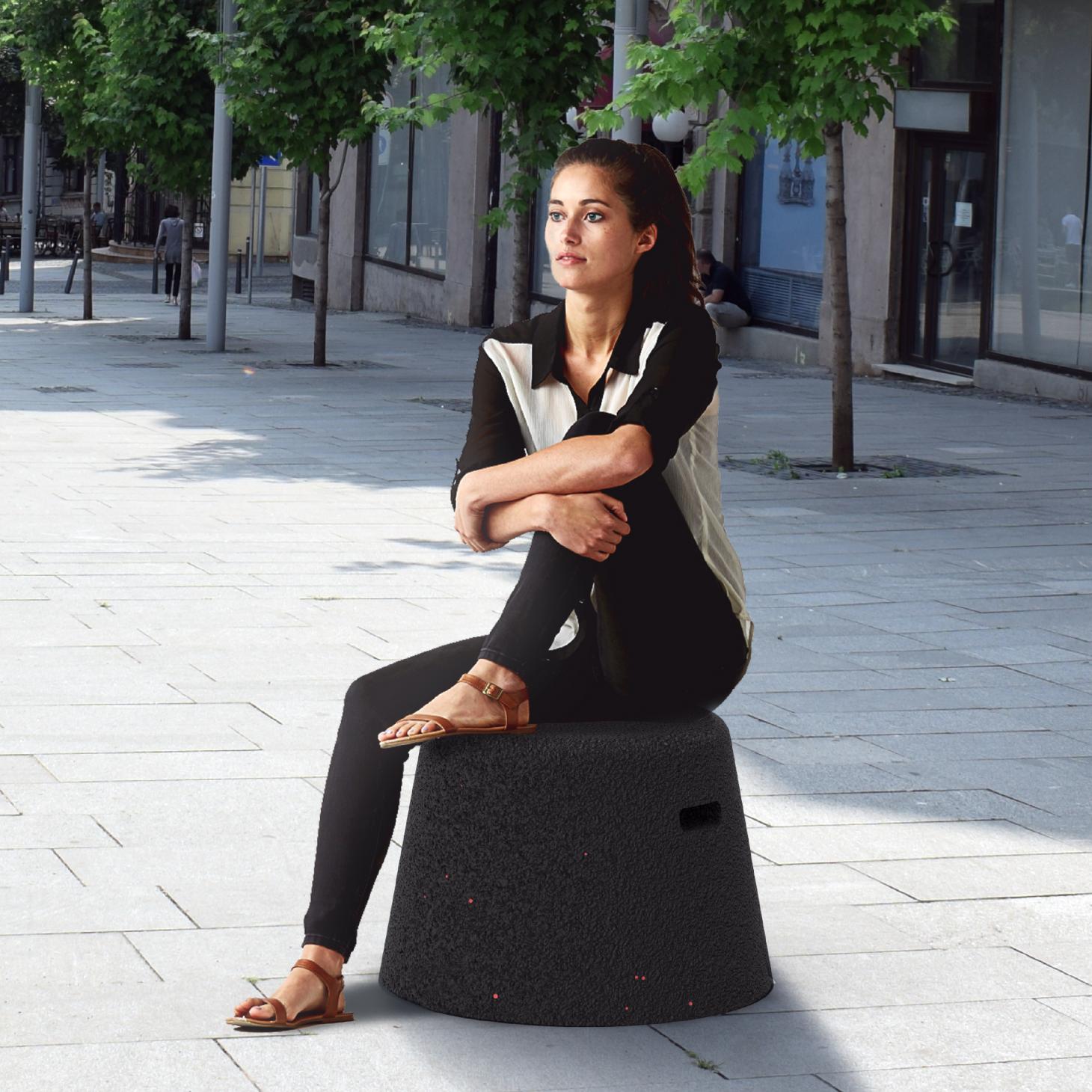
Djurdja Garčević
Another mention went to the ‘Ease’ chair designed by Rasmus Palmgren, which is described as an ode to effortlessness by the jury: ‘The “Ease” chair contrives a balance between material, comfort and aesthetics. Strong yet light, comfortable and stackable. The structure is its key design feature, engendering a character of its own.’ Everyday design seems to be at the heart of young people's reflections, along with the desire to react to the mandate of sustainability and the needs of the most vulnerable in society. As an example, ‘No-More-Less’, a project by Francesco Feltrin and Francisco Rojas Miranda, is a manufactured chair made with solid sustainable oak and wool or cotton, featuring a user-friendly seat, suitable to be adjusted to three different heights and three different angles.
Among the 600 young designers from 48 different nations, Cyprus, Congo, Cuba, Nigeria, and Qatar are taking part in Salone Satellite for the first time. Design Week Lagos, which promotes contemporary African design as an instrument for cultural and economic rebirth, is present with three pieces, among them fascinating Ethiopian headrests by young designers Abreham: ‘We want to shift the narrative, we are not African designers, we are designers who happen to be from Africa,’ they explain.
There is a general, extensive and widespread research on origins, rites, materials, and local crafts: US-based Vako Darjania of Vako Design uses his birthplace of Tbilisi, Georgia, as the inspiration for ‘Rituals’, a collection of candle holders influenced by the ritual of lighting a candle in a religious manner. Andreína Raventós Arquitectura, based in Spain, presents the ‘Piaroa’ collection of easy-to-assemble tables and chairs inspired by the eponymous Venezuelan indigenous tribe, an homage to the architect’s ancestors. Farzin Adenwalla of Bombay Atelier created special aluminium tables, ‘Kulfi’, with terrazzo tops that replicate the pattern of the flavoured Indian dessert.
INFORMATION
Salone Satellite is on view at Salone del Mobile 2022 until 12 June, Rho Fiera halls 1-3
salonemilano.it
Cristina Kiran Piotti is an Italian-Indian freelance journalist. After completing her studies in journalism in Milan, she pursued a master's degree in the economic relations between Italy and India at the Ca' Foscari Challenge School in Venice. She splits her time between Milan and Mumbai and, since 2008, she has concentrated her work mostly on design, current affairs, and culture stories, often drawing on her enduring passion for geopolitics. She writes for several publications in both English and Italian, and she is a consultant for communication firms and publishing houses.
-
 Meet Lisbeth Sachs, the lesser known Swiss modernist architect
Meet Lisbeth Sachs, the lesser known Swiss modernist architectPioneering Lisbeth Sachs is the Swiss architect behind the inspiration for creative collective Annexe’s reimagining of the Swiss pavilion for the Venice Architecture Biennale 2025
By Adam Štěch
-
 A stripped-back elegance defines these timeless watch designs
A stripped-back elegance defines these timeless watch designsWatches from Cartier, Van Cleef & Arpels, Rolex and more speak to universal design codes
By Hannah Silver
-
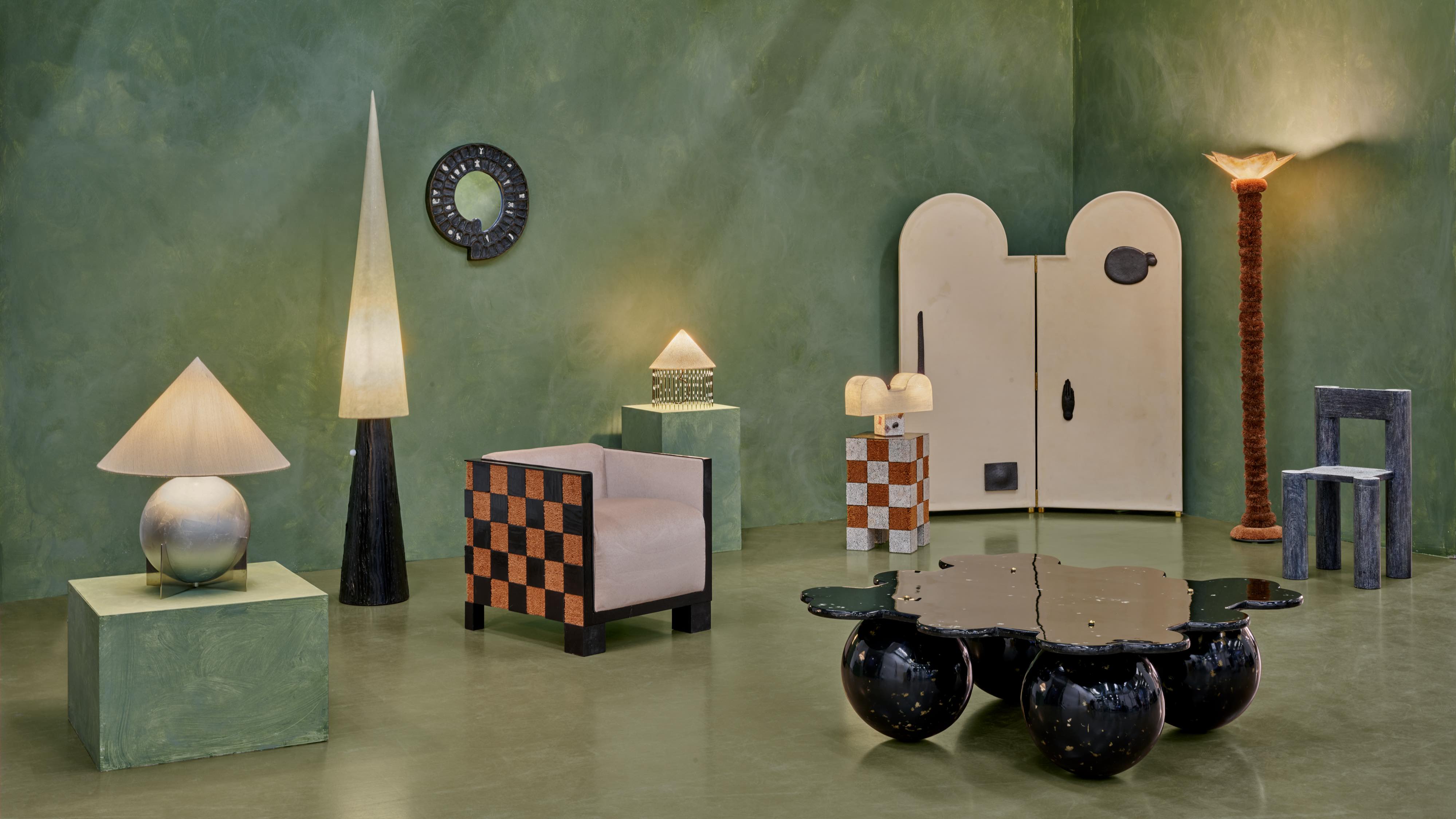 Postcard from Brussels: a maverick design scene has taken root in the Belgian capital
Postcard from Brussels: a maverick design scene has taken root in the Belgian capitalBrussels has emerged as one of the best places for creatives to live, operate and even sell. Wallpaper* paid a visit during the annual Collectible fair to see how it's coming into its own
By Adrian Madlener
-
 Eight designers to know from Rossana Orlandi Gallery’s Milan Design Week 2025 exhibition
Eight designers to know from Rossana Orlandi Gallery’s Milan Design Week 2025 exhibitionWallpaper’s highlights from the mega-exhibition at Rossana Orlandi Gallery include some of the most compelling names in design today
By Anna Solomon
-
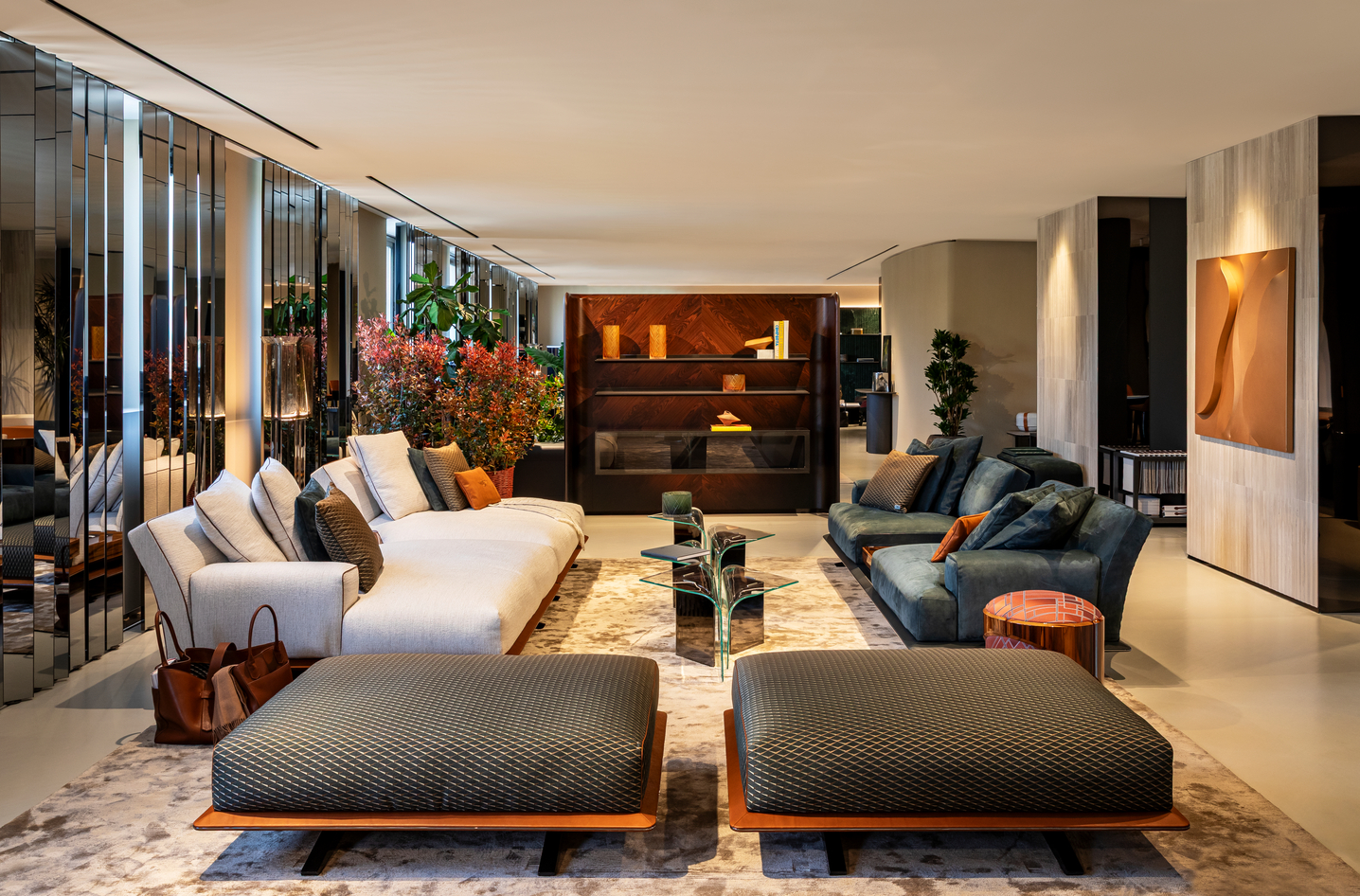 Bentley’s new home collections bring the ‘potency’ of its cars to Milan Design Week
Bentley’s new home collections bring the ‘potency’ of its cars to Milan Design WeekNew furniture, accessories and picnic pieces from Bentley Home take cues from the bold lines and smooth curves of Bentley Motors
By Anna Solomon
-
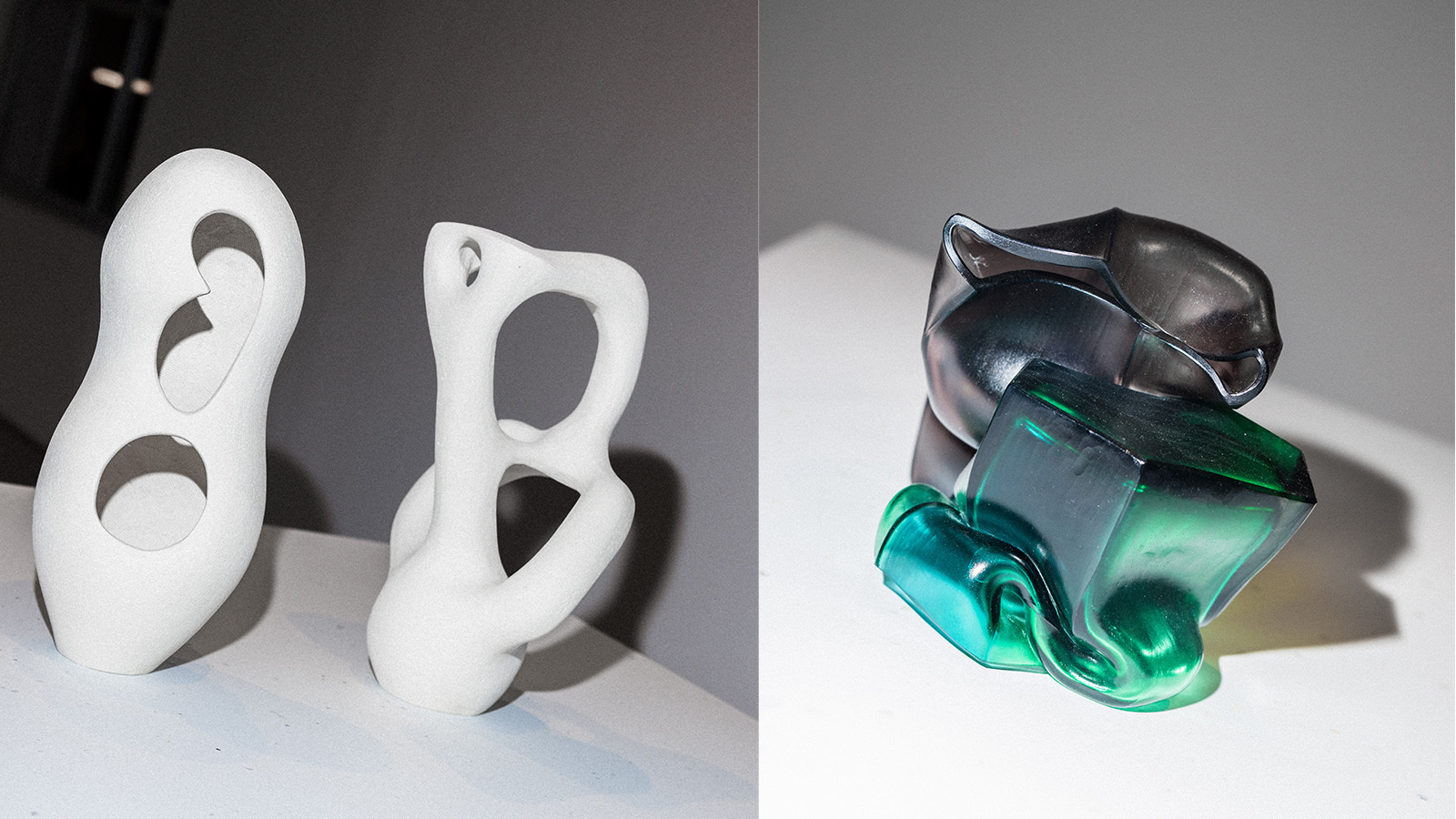 StoneX partners with Wallpaper* for material alchemy at Milan Design Week and beyond
StoneX partners with Wallpaper* for material alchemy at Milan Design Week and beyondThe natural stone purveyor teams up with Wallpaper* for a three-year partnership of material adventures, starting with an exhibition at Triennale di Milano
By Simon Mills
-
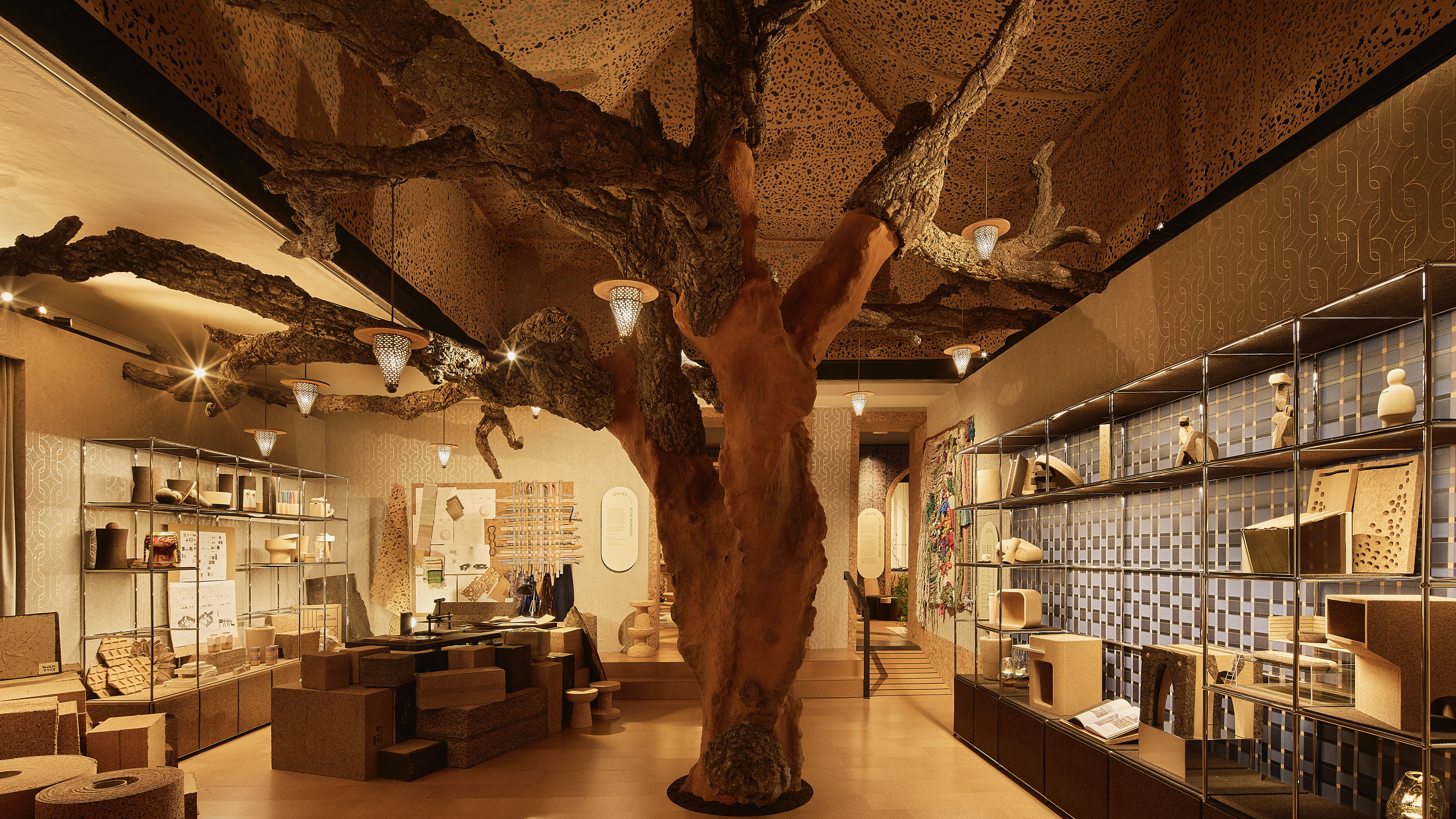 David Rockwell’s Milan Design Week presentation is a love letter to cork
David Rockwell’s Milan Design Week presentation is a love letter to corkRockwell Group’s Casa Cork installation showcases this under-appreciated material, which is infinitely recyclable and sequesters carbon for decades
By Anna Solomon
-
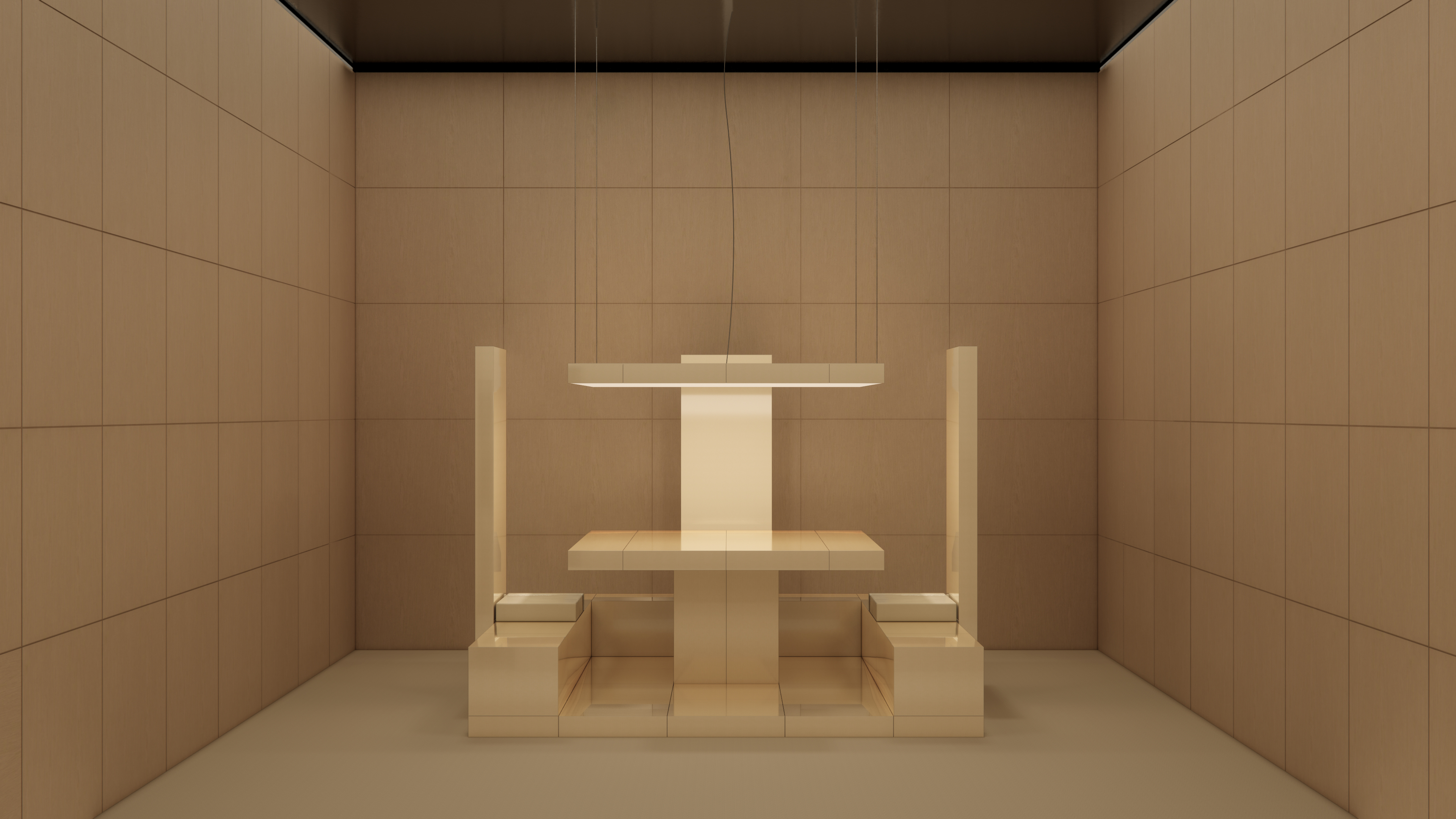 Emerging galleries to discover during Milan Design Week
Emerging galleries to discover during Milan Design WeekWallpaper’s Milan editor has the inside track on the younger design galleries coming to town
By Laura May Todd
-
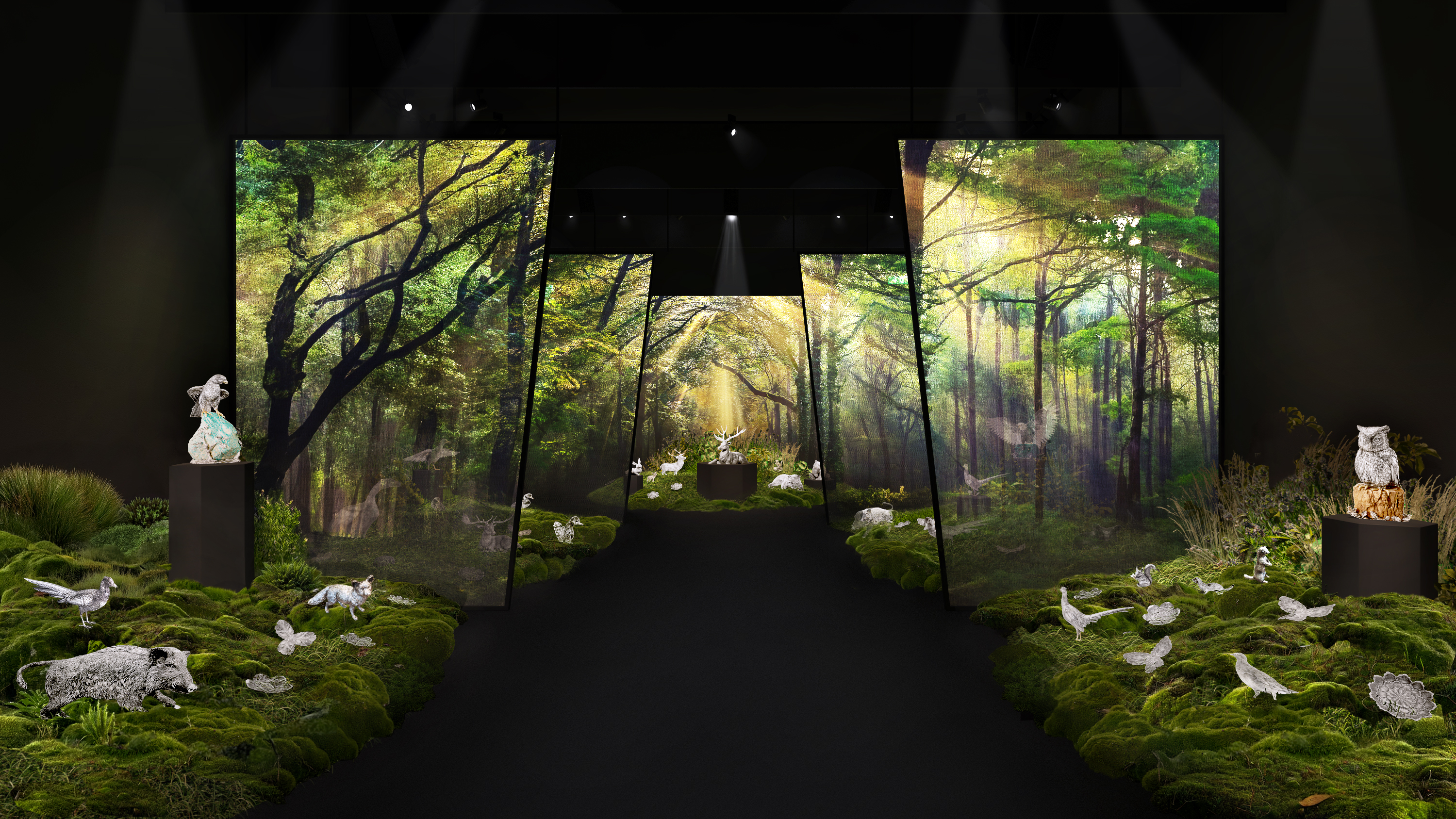 Buccellati brings the forest and Furry Animals to Milan Design Week
Buccellati brings the forest and Furry Animals to Milan Design WeekThe jewellery and silverware maison falls back on tradition for its Milan showcase, presenting its now-emblematic collection of intricately crafted creatures
By Laura May Todd
-
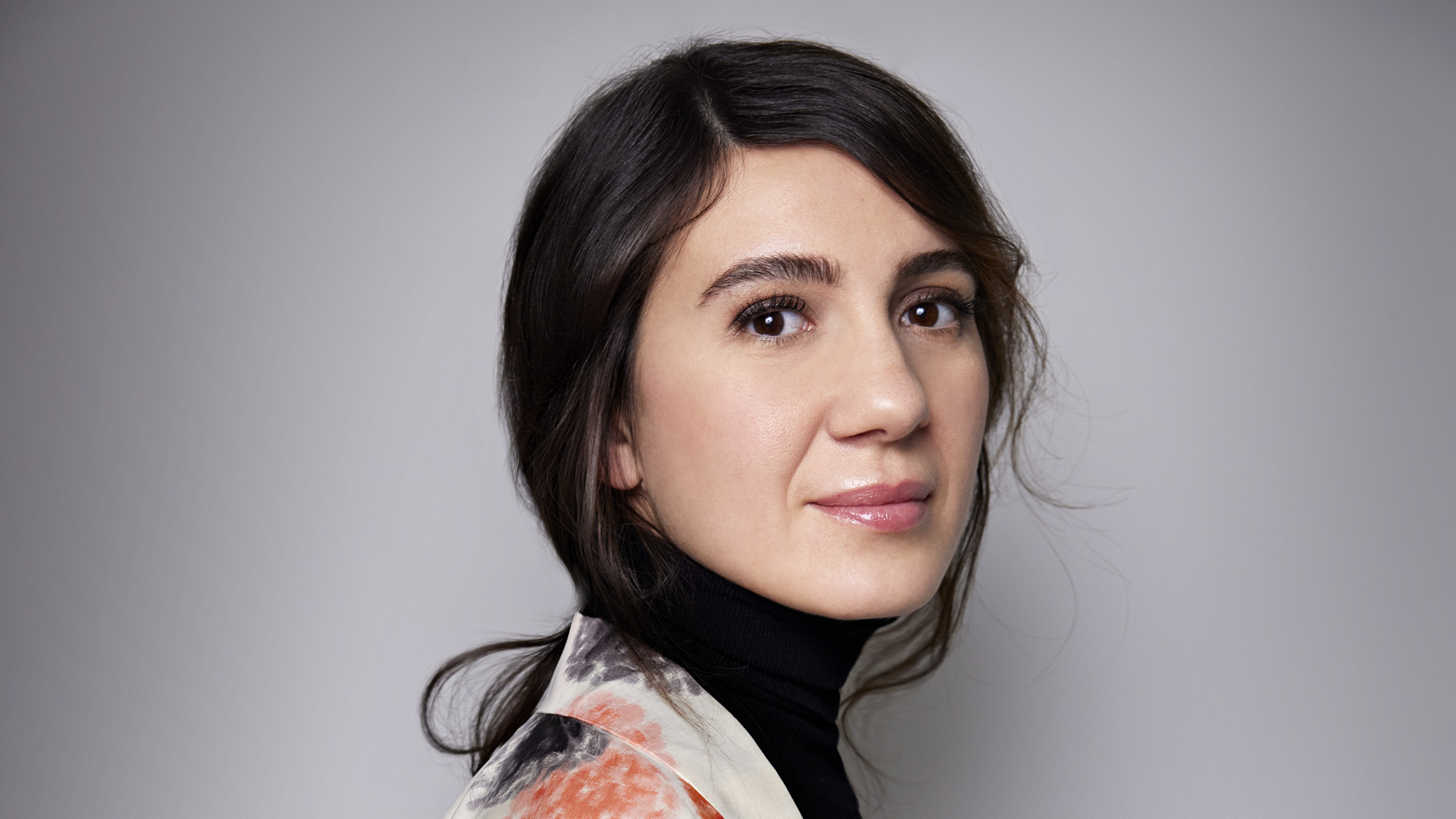 Where next for Salone del Mobile? Maria Porro on the future of the world’s biggest furniture fair
Where next for Salone del Mobile? Maria Porro on the future of the world’s biggest furniture fairAhead of Salone del Mobile 2025 in Milan, we sit down with its president to talk design, data and forging the event’s future in a fast-changing world
By Hugo Macdonald
-
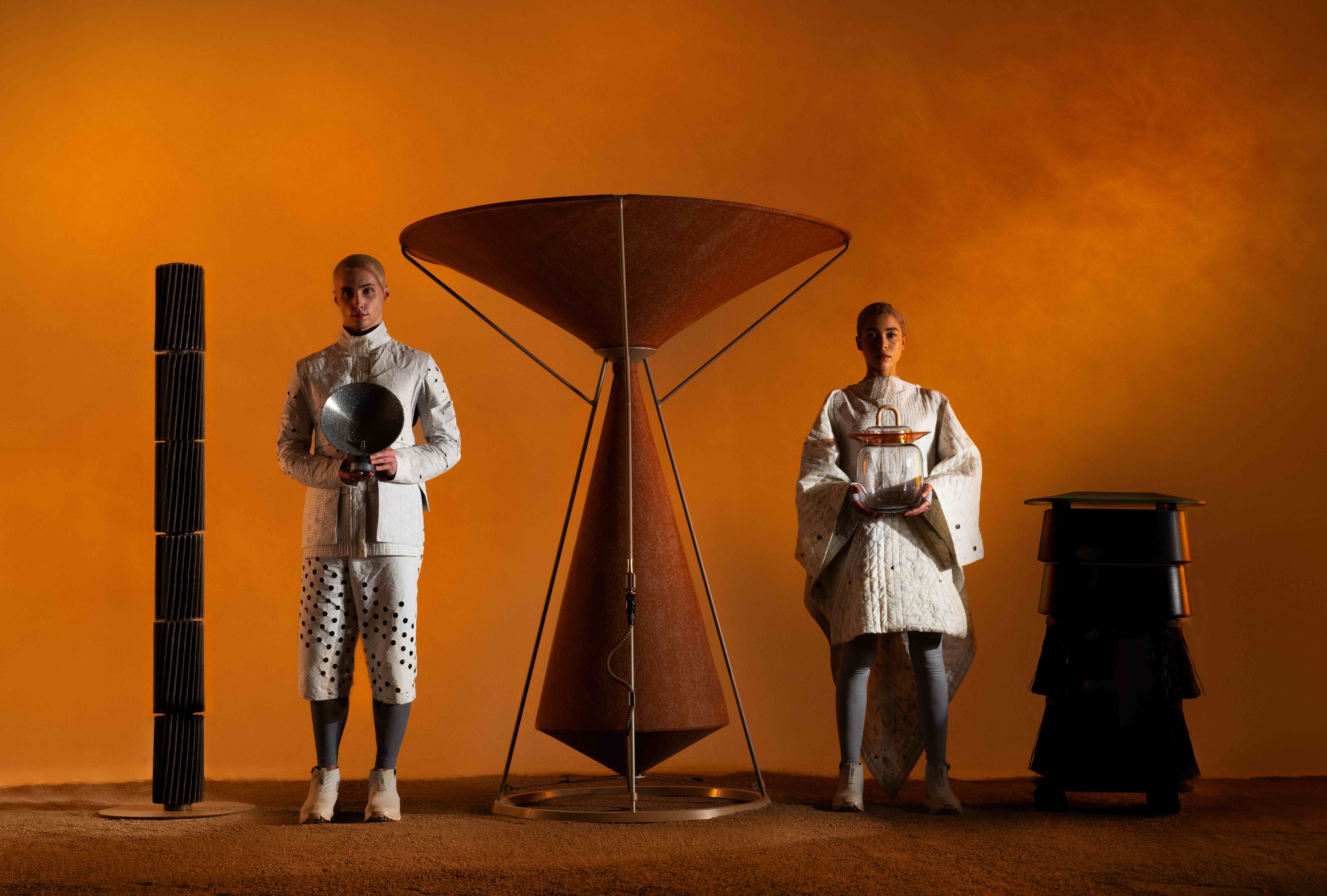 What to see at Milan Design Week 2025
What to see at Milan Design Week 2025A guide to some of the events the Wallpaper* team is checking out at Milan Design Week (7–13 April) – from public installations and major launches to standout venues and must-see exhibitions
By Hugo Macdonald